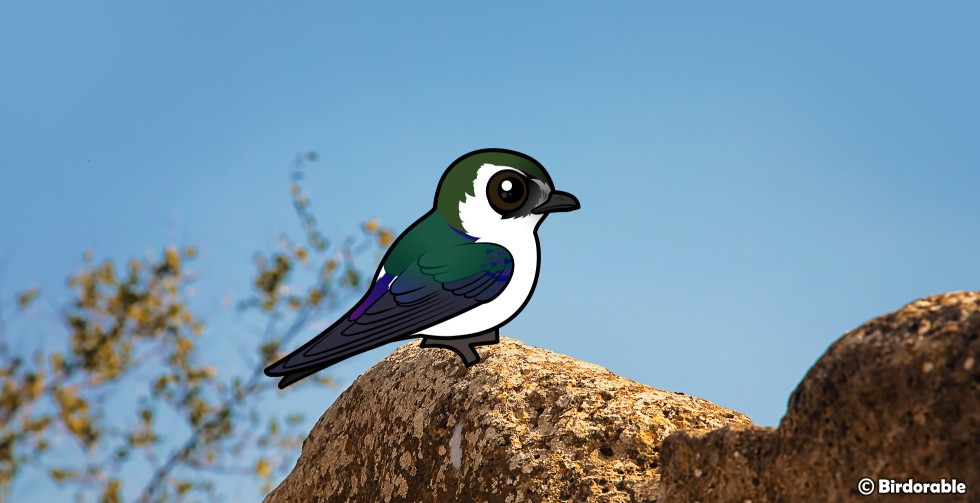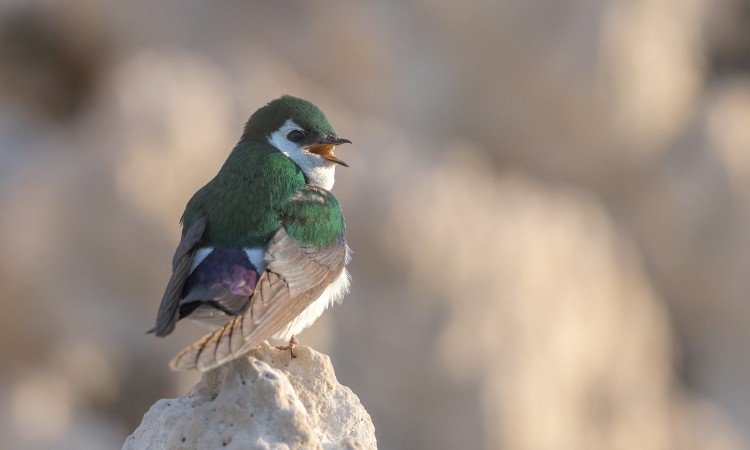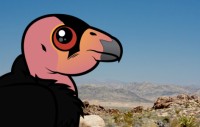Swallow Week 2024: Violet-green Swallow
Nature's Prism: Inside the Life of a Violet-green Swallow

The Violet-green Swallow (Tachycineta thalassina), with its iridescent plumage that shimmers in hues of green and violet under the sunlight, is a stunning sight for birdwatchers and nature lovers alike. This bird is not only admired for its stunning appearance but also for its remarkable traits and behaviors that make it a fascinating subject of study.
Native to the western regions of North America, the Violet-green Swallow has captivated many with its agile flight and aerial acrobatics as it hunts for insects in the sky. These birds are consummate fliers, capable of executing swift turns and dives to capture their prey, which includes flies, beetles, and other airborne insects. Their diet plays a crucial role in controlling insect populations, showcasing the importance of these and other swallows in maintaining ecological balance.
Preferring the cavities of trees in open woodlands and forests, Violet-green Swallows often utilize holes created by woodpeckers or natural crevices to lay their eggs. They have also adapted to nesting in special boxes and other man-made structures, reflecting their ability to thrive in diverse environments. Inside these nests, lined with feathers and soft materials, females lay between four to six white eggs per clutch.

Violet-green Swallow by Becky Matsubara (CC BY 2.0 DEED)
The Violet-green Swallow is currently not facing significant threats and is listed as Least Concern by the IUCN. However, like all wildlife, they are not immune to the challenges of habitat loss, climate change, and pollution. Efforts to conserve their natural habitats and ensure a healthy environment are essential for the continued survival and prosperity of these swallows.
Despite their vibrant colors, Violet-green Swallows can be elusive, often blending into the vastness of the sky until their iridescent feathers catch the light just right, revealing their true beauty. This elusive nature adds to the allure of spotting them during their migratory journeys or while they perform their aerial feats above meadows, forests, and bodies of water.






Comments
Leave a comment
Thank you!